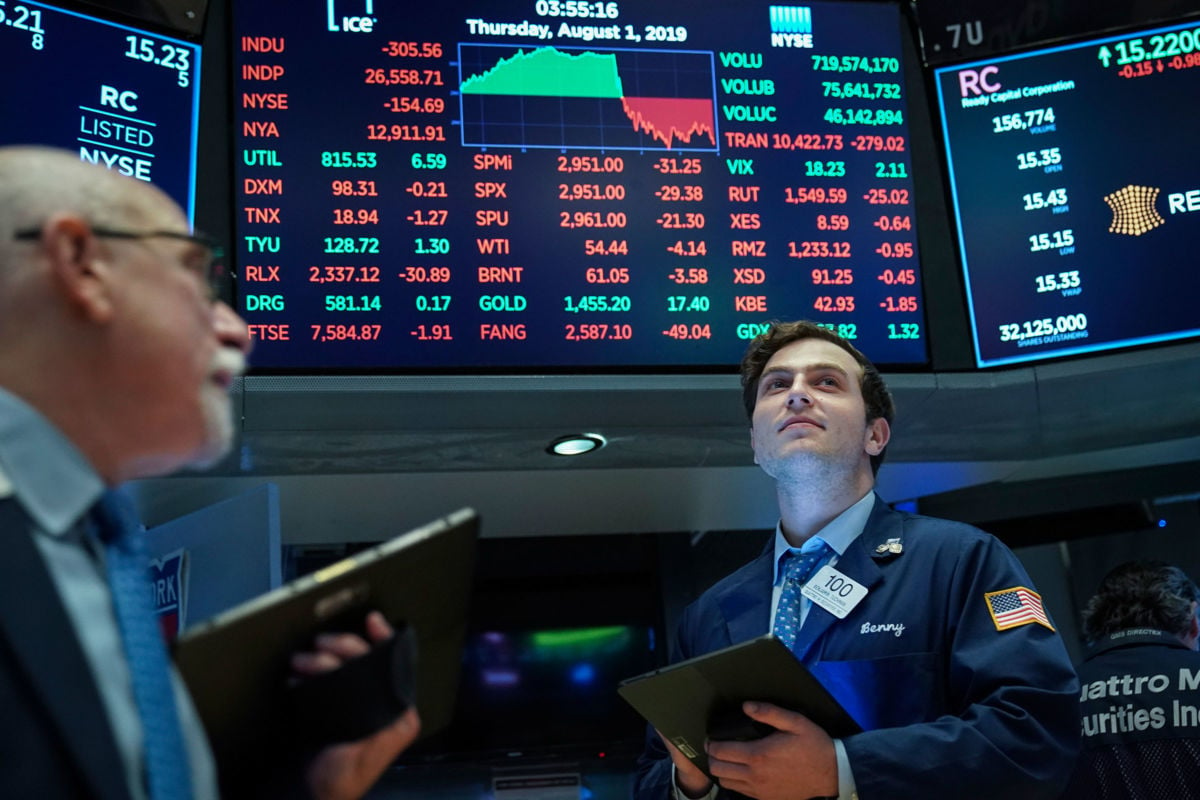The Russian ruble (also spelled rouble) is the official currency of Russia. Its symbol is ₽, and its currency code is RUB. The ruble is further subdivided into 100 smaller units called kopecks.
The ruble has a long history, dating back to medieval times in Russia. Throughout its history, the ruble has gone through various changes, including denominations and currency reforms. In the modern context, the ruble is issued by the Central Bank of Russia.
Like any other currency, the ruble is used as a medium of exchange for goods and services within Russia. It is also traded on international currency exchange markets.
The value of the ruble can fluctuate based on various economic factors, including inflation, interest rates, geopolitical events, and more. It's important to note that my knowledge is based on information available up until September 2021, and there may have been developments in Russia's currency and economy since that time.
What does effects Russian rouble falls?
When the Russian ruble experiences a significant decline in its value relative to other currencies, it can have a range of effects on the Russian economy, government, businesses, and citizens. Here are some potential effects of a falling Russian ruble:
Inflation: A depreciating ruble can contribute to inflation by making imported goods and services more expensive. This can lead to higher consumer prices, reducing purchasing power and potentially impacting the standard of living for citizens.
Imports and Exports: A weaker ruble can make imports more expensive, which can affect the affordability of foreign goods and services. On the other hand, Russian exports might become more competitive in international markets as they become relatively cheaper for foreign buyers.
Foreign Debt: If a significant portion of Russia's debt is denominated in foreign currencies, a falling ruble could increase the cost of servicing that debt. This can create challenges for both the government and private businesses with foreign obligations.
Investor Confidence: A falling ruble can erode investor confidence in the Russian economy. International investors might become cautious about investing in the country due to concerns about currency instability.
Capital Flight: A decline in the ruble's value can trigger capital flight, where individuals and businesses move their assets out of the country to protect their wealth from currency devaluation.
Government Budget: If a significant portion of the government's revenue comes from exports, a falling ruble can impact budgetary revenues. The government might face challenges in maintaining its fiscal plans and funding various programs.
Trade Balance: The impact on the trade balance can vary. While a weaker ruble might boost exports, it can also increase the cost of imported raw materials, potentially affecting domestic production costs.
Tourism: A depreciating ruble might make Russia a more attractive destination for foreign tourists due to the relatively lower cost of travel and accommodations.
Consumer Confidence: A declining ruble can lead to uncertainty and reduced consumer confidence, which might affect domestic spending and economic activity.
Social and Political Implications: Economic challenges arising from a falling ruble could have broader social and political implications, including protests, public discontent, and potential shifts in political dynamics.
It's important to note that the effects of a falling currency are complex and interconnected, often involving a mix of positive and negative impacts. Government policies, economic conditions, and external factors all play a role in determining the ultimate consequences of a depreciating currency.
About Russian State TV today
As of my last knowledge update in September 2021, the Russian state-controlled television landscape is dominated by several major channels that are known for supporting the government's narratives and viewpoints. Some of the prominent Russian state TV channels include:
Channel One (Первый канал): One of the leading television channels in Russia, Channel One is state-owned and is often associated with government viewpoints. It covers a wide range of programming, including news, entertainment, and cultural content.
Rossiya 1 (Россия 1): Another major state-owned channel, Rossiya 1 is known for its news and political programs that often align with government positions.
Rossiya 24 (Россия 24): This is a dedicated news channel that provides continuous coverage of news and current events in Russia and around the world. It is under the same ownership as Rossiya 1.
NTV (НТВ): While not directly state-owned, NTV was previously owned by the state-controlled Gazprom Media. It has been known for airing a mix of news, entertainment, and other programming, occasionally featuring critical viewpoints, though there have been instances of editorial changes over time.
RT (formerly Russia Today): RT is an international television network funded by the Russian government. It broadcasts news and cultural programs in various languages to a global audience. RT's coverage often reflects the Russian government's perspective on international events.
It's important to note that the Russian media landscape is complex and has evolved over time. State-controlled or state-influenced media outlets often present a viewpoint that aligns with the government's interests. Additionally, there are independent media outlets and online platforms that provide alternative perspectives and critical analysis.
Please keep in mind that the information provided here is based on the situation as of September 2021. There may have been developments or changes in the Russian media landscape since that time.














0 Comments